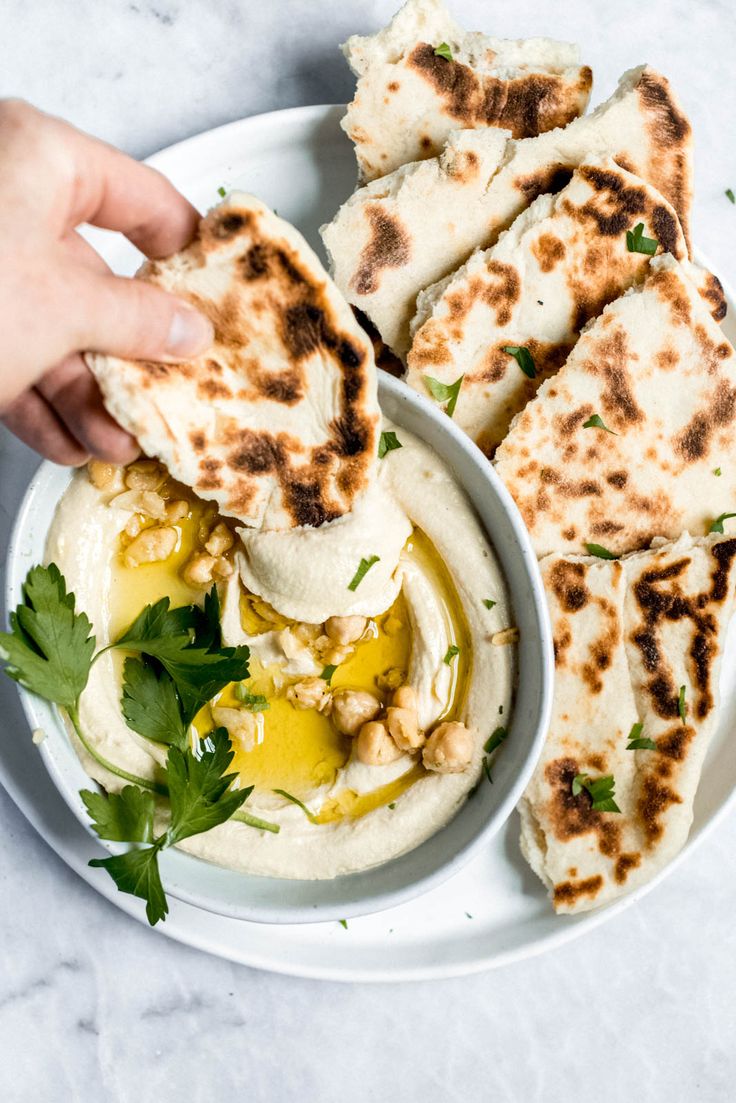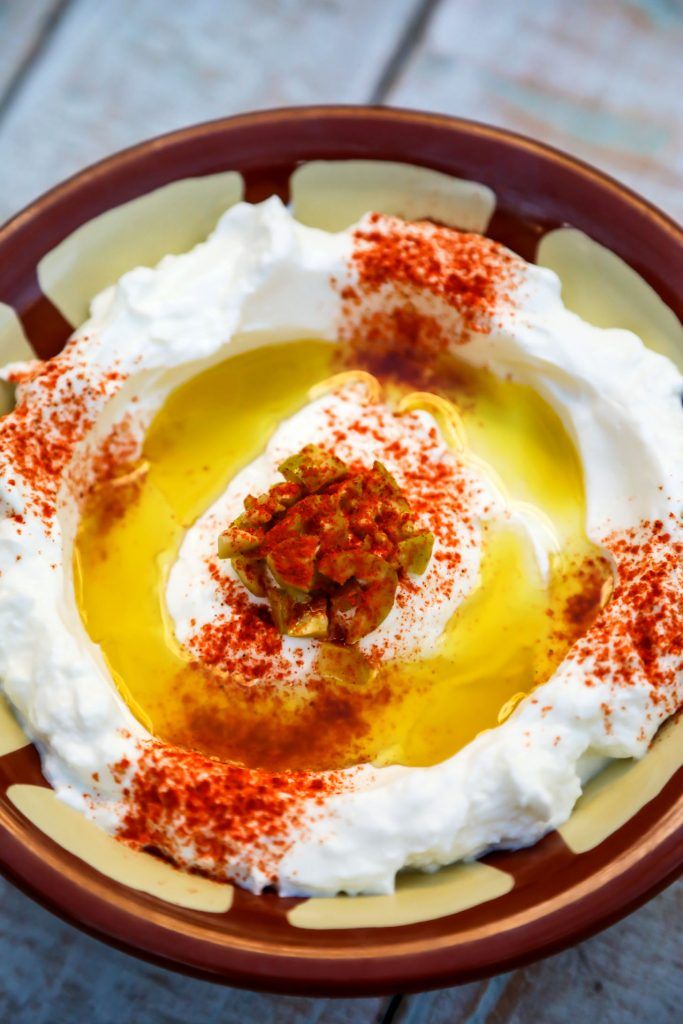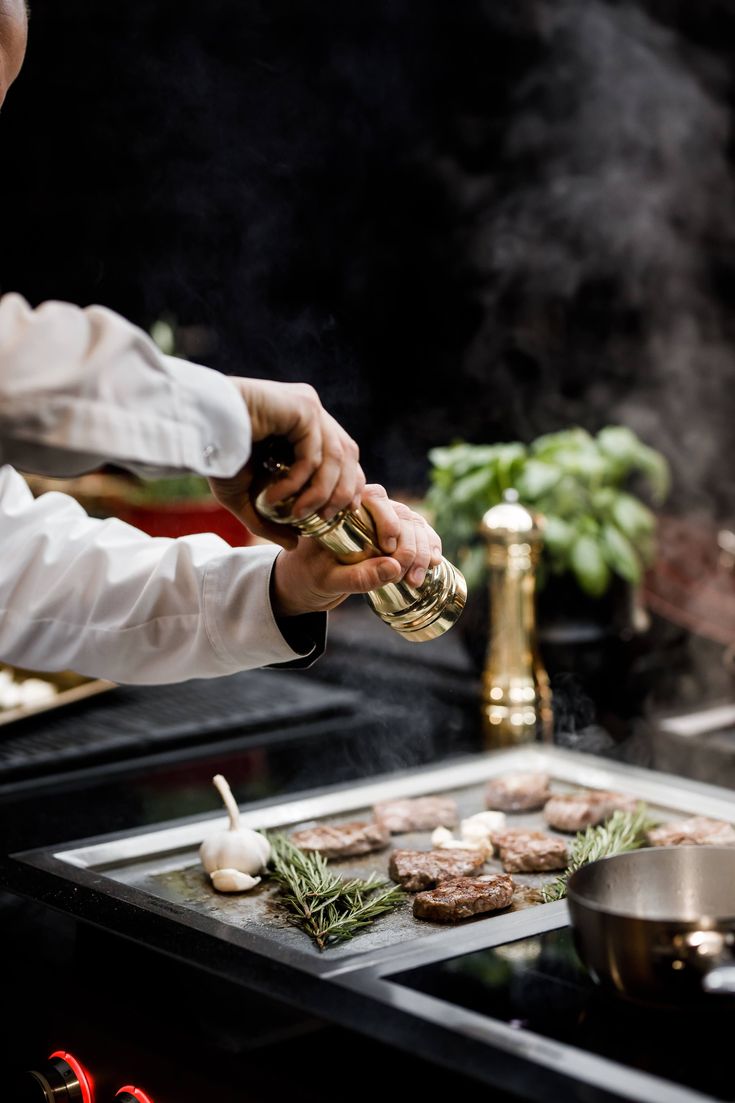
The Rise of Labneh: From Middle Eastern Staple to a Global Culinary Favorite
The joys of working with labneh, a rich, creamy strained yogurt, have recently hit the mainstream, as chefs from all over the U.S. embrace it in a variety of creative dishes. While traditionally found in Middle Eastern and Mediterranean restaurants, labneh has started making appearances at Italian-inspired hotspots, New American menus, and fusion cuisine restaurants. This versatile dairy product, with its luxurious texture and tangy flavor, is becoming a favorite for chefs and diners alike.
Labneh’s Origins and Cultural Roots
Labneh has a long history dating back to the Middle Ages, making it a staple in the diets of many Mediterranean and Middle Eastern cultures. In regions like Palestine, Syria, Jordan, and Israel, labneh has been a beloved food for centuries. It's made by straining Greek yogurt further to create a denser, creamier texture, similar to a spreadable cheese like cream cheese but with more tang and depth of flavor. Traditionally, labneh is served simply—spread on warm pita, drizzled with olive oil, and sprinkled with za’atar, sumac, or other herbs and spices.
Alon Shaya, a chef who features labneh in his three
restaurants—Safta in Denver, Saba in New Orleans, and his newest location, Silan in the Bahamas—says labneh resonates with diners because of its familiarity and versatility. "Labneh is like a better version of sour cream, but it has more depth of flavor and a richer texture, and I think everyone can relate to it," Shaya explains.
Shaya’s personal connection to labneh comes from his Bulgarian grandmother, who would strain yogurt over the sink to make the thick, creamy spread. He continues this tradition in his restaurants, where labneh plays a starring role in both traditional and modern dishes.
Labneh Across the U.S.: How Chefs Are Innovating with It
While labneh has roots in Middle Eastern cuisine, chefs in the U.S. are finding new ways to incorporate it into a wide variety of dishes. At Monteverde in Chicago, chef Sarah Grueneberg, a James Beard Award winner, has embraced labneh’s creamy tanginess by adding it to an Italian-inspired dish featuring red kuri squash agrodolce. This dish includes juniper-smoked ricotta, pomegranate molasses, pumpkin seeds, and dill, all served with rye crackers. For Grueneberg, labneh offers a balanced creaminess without being overly acidic, making it the perfect addition to her creative menu.
In North Carolina, Joe Kindred, chef and owner of Kindred and Hello, Sailor, uses labneh as a flavor-packed vehicle in a dish of Korean barbecue-style smoked chicken and smoked shelling peas. Kindred enhances the labneh with Hatch green chiles, adding a spicy kick to the thick, tangy yogurt, which complements the smoky chicken. Labneh, he says, works particularly well with fall vegetables because of its texture and tang.
Further north, in Milwaukee, Dane Baldwin, chef-owner of The Diplomat, has embraced labneh as a key element in his pickled beet salad, another dish that balances creamy textures with tangy pickles. Baldwin pairs the labneh with ricotta, a combination that enhances the richness of the dish without overpowering it. Baldwin’s creativity doesn’t stop there—he uses the leftover whey from making labneh to enrich risotto, maximizing the yogurt’s utility and flavor potential in other parts of his menu.
The Art of Homemade Labneh

Chefs like Cheetie Kumar, the chef-owner of Ajja in Raleigh, North Carolina, take pride in making their own labneh in-house. For Kumar, the secret lies in starting with full-fat, locally sourced milk and simple, high-quality yogurt. This commitment to quality gives the labneh a richer, creamier texture that pairs beautifully with a range of dishes. At Ajja, labneh makes appearances in several menu items, including marinated beets, lamb seekh, and kuku sabzi—a Persian herb frittata.
Kumar adds a personal touch to her labneh by incorporating Spanish Arbequina olive oil for its fruity, low-tannin flavor, giving the yogurt an extra layer of complexity. “It’s not super traditional, but I love our version of labneh,” she says. For Kumar, labneh’s appeal lies not only in its taste but also in its aesthetic—it’s a versatile ingredient that looks beautiful when plated, making it a favorite in her kitchen.
A Trend with Staying Power

As labneh continues to pop up on menus across the country, it’s clear that this versatile yogurt has found a firm place in modern culinary trends. In Boulder, Colorado, Peter Ho, chef at Oak at Fourteenth, uses labneh in his fall-inspired dishes, including a roasted kabocha squash with pomegranate, mint, and hazelnuts. By adding lemon zest and seasonings to his homemade labneh, Ho enhances the flavor profile, creating a bright, tangy contrast that complements the restaurant’s wood-fired dishes.
For many chefs, labneh has become a staple not just because of its rich flavor and creamy texture but because of its popularity on social media. According to Shaya, social media algorithms play a role in labneh's rise, with more people discovering the ingredient online and bringing it to their own kitchens. "It’s the way everything goes right now. The algorithms are taking control and if something gets a lot of ‘likes,’ it gets into people’s heads," Shaya notes. As labneh becomes more widely recognized, chefs are finding new ways to incorporate it into their menus, delighting customers with its creamy richness.
Labneh: A Chef’s Favorite for Versatility
What makes labneh so beloved among chefs is its ability to enhance both savory and sweet dishes. Its thickness and tang provide a perfect balance for rich ingredients, making it a versatile addition to everything from roasted meats to vegetable sides. In some kitchens, labneh is mixed with herbs and spices for a savory dip, while in others, it’s sweetened and paired with fruits for dessert.
The beauty of labneh lies in its simplicity—it’s easy to make at home, requires only a few ingredients, and can be customized with various flavors to suit different dishes. As chefs like Shaya, Grueneberg, and Baldwin continue to innovate with labneh, this humble yogurt-cheese hybrid is cementing its place on menus far beyond its Middle Eastern roots.

Conclusion: Labneh’s Future on Menus Across the U.S.
From its ancient origins in the Middle East to its current status as a trending ingredient in modern American cuisine, labneh’s journey has been one of evolution and reinvention. Today, it’s enjoyed in both traditional dishes like mezze and innovative fusion creations across the country. Its thick, tangy richness has won over chefs and diners alike, making it a versatile and beloved addition to menus.
As labneh continues to grow in popularity, it’s clear that this simple, yet flavorful ingredient has staying power. Whether it’s used as a creamy spread, a flavorful dip, or a tangy component in roasted dishes, labneh’s potential in the culinary world is endless. For chefs, it’s a perfect canvas for creativity, and for diners, it’s a delicious new way to experience the rich traditions of Mediterranean and Middle Eastern cuisine.
